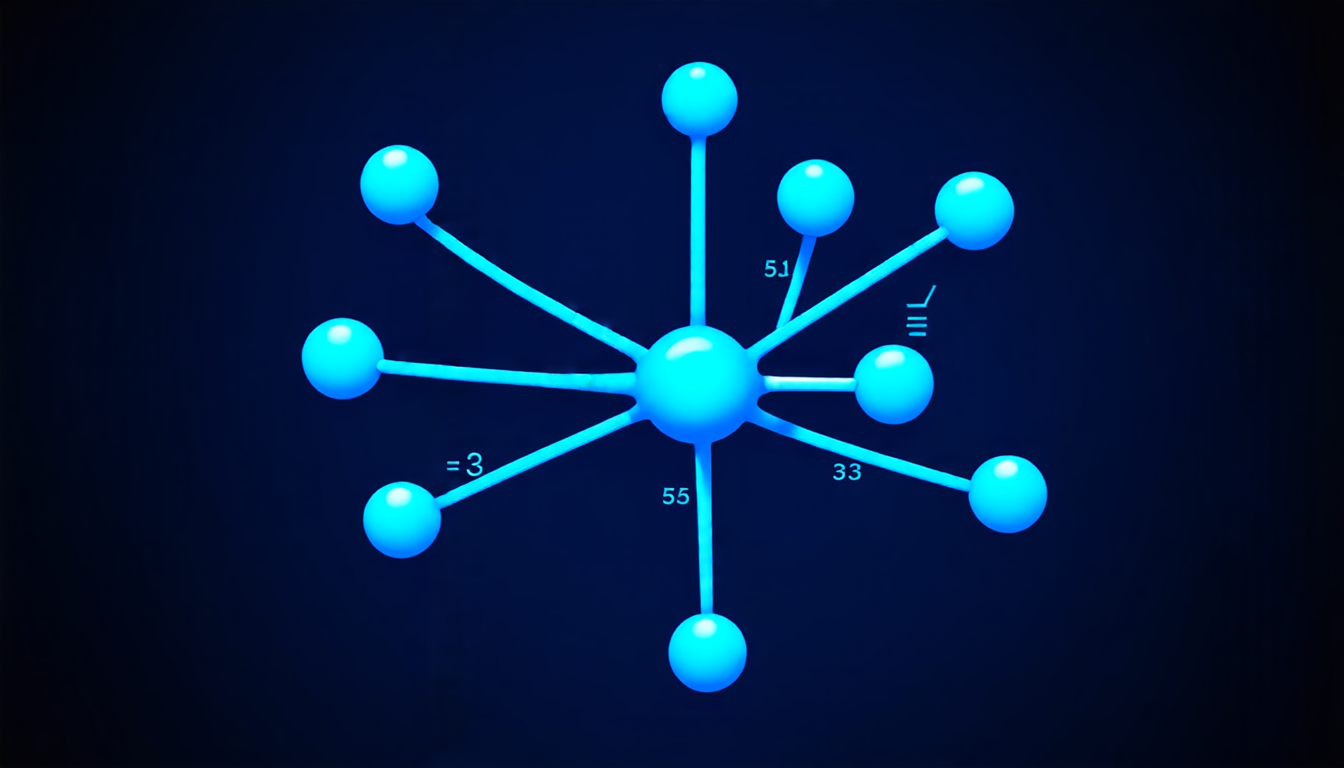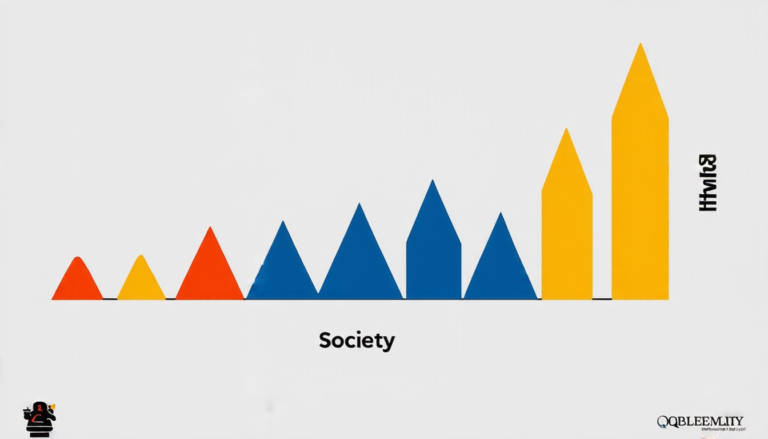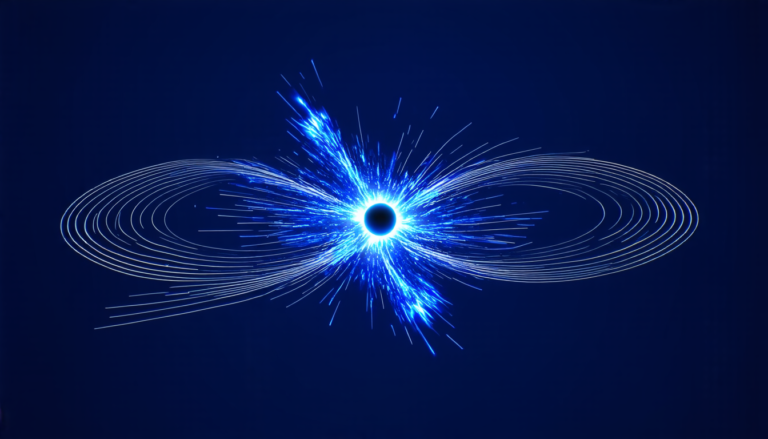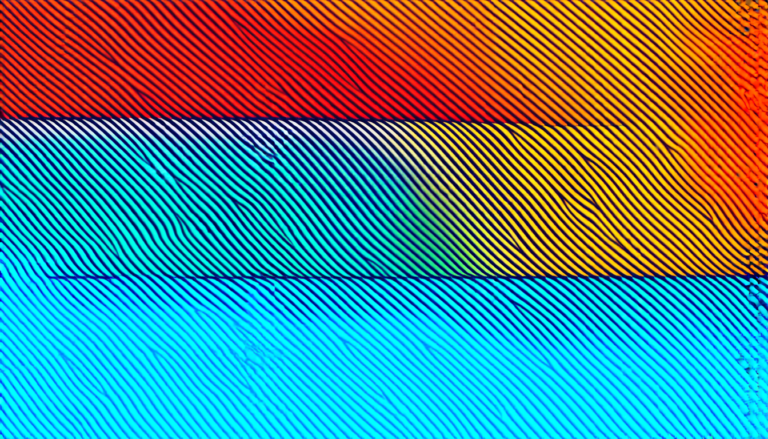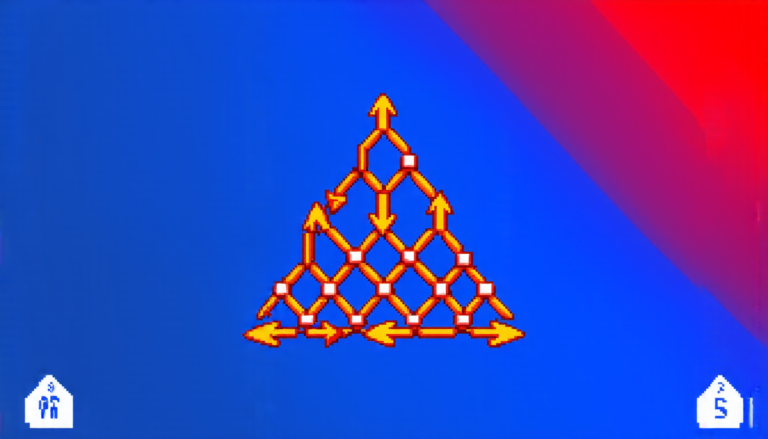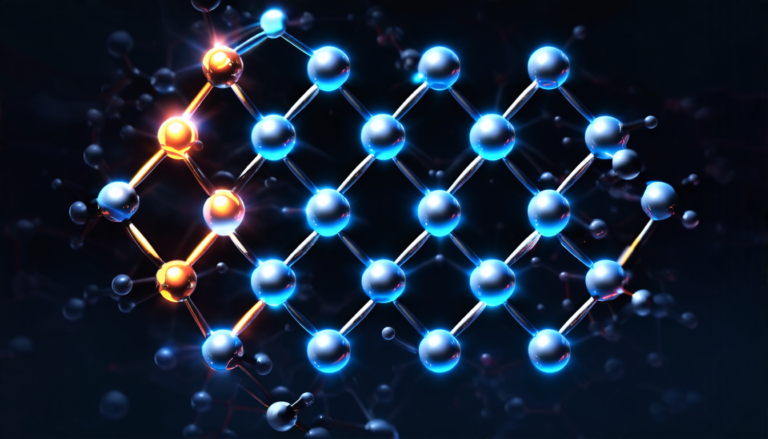Wednesday 09 April 2025
Neural networks, those complex webs of interconnected nodes that power everything from facial recognition software to self-driving cars, have long been shrouded in mystery. Researchers have struggled to understand how these networks learn and adapt, often resorting to mathematical abstractions that leave even the most mathematically inclined among us scratching our heads.
But a new study has shed light on this darkness, offering a fresh perspective on the inner workings of neural networks. By treating weights and biases – those mysterious quantities that govern the flow of information through the network – as fields in a theoretical physics sense, researchers have been able to derive a set of equations that describe the behavior of these networks.
The idea is simple: think of each neuron in the network as a point in space, connected to its neighbors by wires that represent the weights and biases. Just as particles move through space under the influence of forces like gravity or electromagnetism, information flows through the network according to the rules governing these connections. By treating the weights and biases as fields, researchers can apply the mathematical tools of statistical mechanics – the same techniques used to describe the behavior of gases and liquids at the molecular level – to understand how the network learns and adapts.
The resulting equations are remarkably simple, yet powerful enough to capture the essence of neural network behavior. They show that even in the most complex networks, there is an underlying structure that governs their behavior – a structure that can be understood using the same mathematical tools used to describe the behavior of particles in a gas or liquid.
This breakthrough has far-reaching implications for our understanding of artificial intelligence. By providing a new framework for thinking about neural networks, it could ultimately lead to more efficient and effective algorithms for training these networks, as well as new insights into how they learn and adapt.
The study is also a testament to the power of interdisciplinary collaboration – the researchers involved came from fields as diverse as physics, mathematics, and computer science. By combining their expertise in this way, they were able to create something truly innovative: a new perspective on an old problem that could have significant implications for our understanding of artificial intelligence.
In the end, this study is a reminder that even in the most complex and seemingly impenetrable domains, there is often a simple underlying structure waiting to be uncovered. By embracing this simplicity, we may yet unlock the secrets of neural networks – and create new technologies that will change the world.
Cite this article: “Unlocking the Secrets of Deep Learning with Synthetic Field Theory”, The Science Archive, 2025.
Neural Networks, Artificial Intelligence, Machine Learning, Statistical Mechanics, Physics, Mathematics, Computer Science, Interdisciplinarity, Complexity, Simplicity
Reference: Donghee Lee, Hye-Sung Lee, Jaeok Yi, “Synaptic Field Theory for Neural Networks” (2025).

